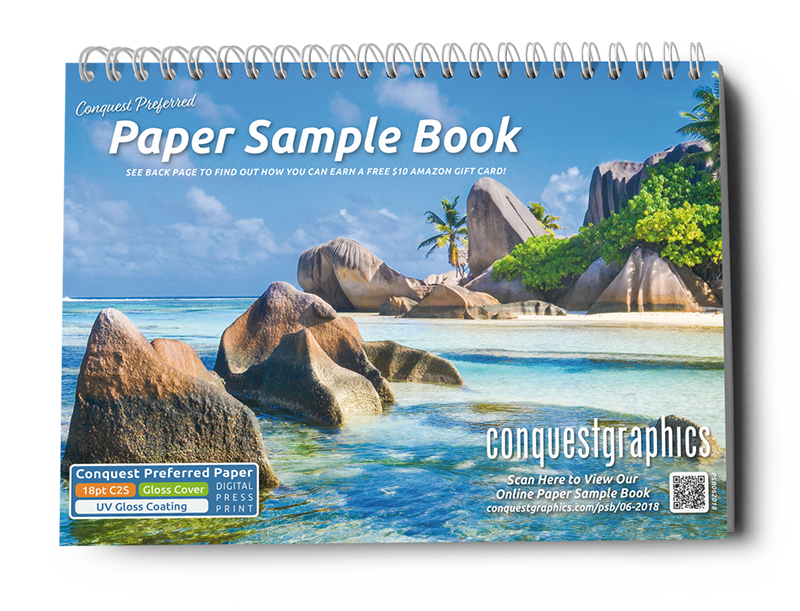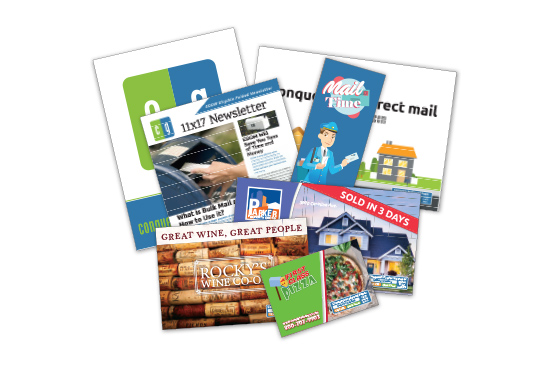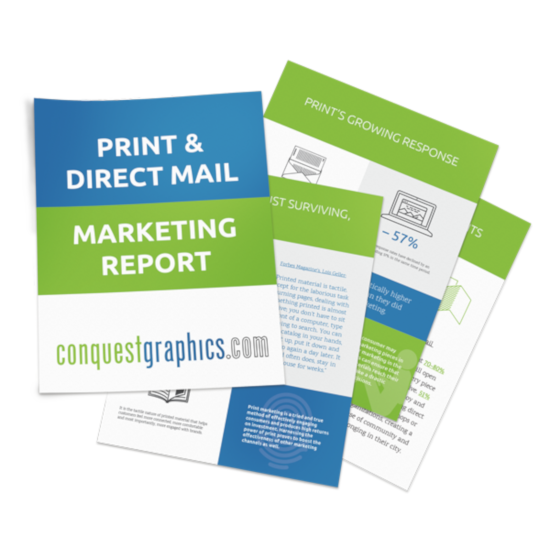
We’re all familiar with the importance of creating content geared towards ranking highest on Google, social media marketing, and marketing channels alike. These marketing approaches have become the core focus for many businesses. Yet, many are missing out on incredible opportunities because they need to utilize outbound marketing as well.
Both inbound and outbound marketing reach and engage with potential customers. However, the approach is different. Let's look at the importance of both inbound and outbound marketing, discover why you should focus on more than just one, and how you can integrate the two for better results.
Understanding Inbound Marketing
Inbound marketing focuses on creating content and experiences attractive to potential customers actively seeking your product or service. It’s a marketing approach that aims to build a relationship with the audience by providing relevant, appealing, and helpful information that answers their questions and meets their needs.

Inbound marketing attracts potential customers to a brand through valuable content and experiences.
Examples of inbound marketing include:
- Blogs and articles
- Social media campaigns (LinkedIn, Facebook, Pinterest, Twitter, Instagram)
- Search Engine Optimization (SEO)
- Video content
- Webinars
- Email marketing
Benefits of Inbound Marketing
In today's digital age, inbound marketing is necessary for businesses looking to succeed in the fast-paced marketing world. Creating valuable content that connects potential customers with your brand can attract high-quality traffic and leads, build brand awareness, and improve customer relationships.
Here are some benefits of inbound marketing:
High-quality traffic and leads:
Inbound marketing focuses on creating content that answers the questions and addresses the pain points of your target audience. By providing valuable information that is relevant, engaging, and helpful, you can attract potential customers who are already interested in and actively searching for your product or service. This leads to higher-quality leads who are more likely to convert into customers.
Increased brand awareness:
By consistently creating valuable content and promoting it through various channels, such as blogs and social media, you can improve your visibility and build brand awareness. This can position your brand as a thought leader in your industry and set you apart from competitors.
Cost-effectiveness:
Inbound marketing is often cost-effective because it relies on marketers to create valuable content that attracts potential customers organically rather than paying for ad space or reaching out to an audience directly.
Improved customer relationships:
By providing useful and helpful content, you can build relationships with your audience and create a sense of trust and loyalty while showing them that you have experience and knowledge in what they need.
Informative:
Inbound marketing consists of sharing information about a solution to a specific problem potential customers are facing. You can increase the likelihood of converting them into customers by answering their questions.
Understanding Outbound Marketing
Outbound marketing is a more traditional marketing approach. It involves reaching out to potential customers through various channels to promote your product or service. It aims to connect with a large audience by reaching out to individuals during ordinary moments of their days with advertising messages.
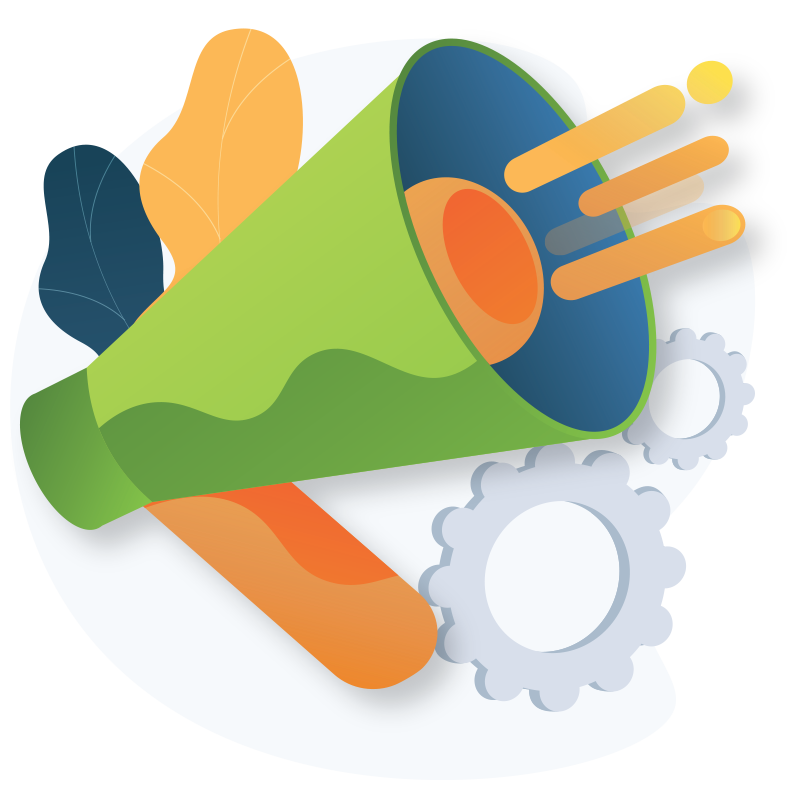
Outbound marketing reaches potential customers through various channels and promotes a brand’s message directly.
Examples of outbound marketing include:
Benefits of Outbound Marketing
While inbound marketing is a great way to build customer engagement over time, outbound marketing can effectively reach a large audience quickly and generate immediate results. By using outbound marketing tactics, businesses can create a sense of urgency and directly connect with potential customers to drive business growth.
Here are some specific benefits of outbound marketing:
Immediate results:
Outbound marketing creates a direct connection with potential customers, generating leads and sales quickly. This can help businesses achieve rapid growth and increase revenue.
Targeting abilities:
Outbound marketing allows businesses to target individuals most likely to be interested in their product or service. By targeting based on demographics, geographic location, buying activity, job title, and more, businesses can deliver a message that appeals to their audience and drives them to take action.

Personalization:
Because outbound marketing is targeted, businesses can tailor their messaging to their specific audience, creating a more personalized and relevant experience for potential customers. This can help companies build stronger connections with their audience and increase the chance that their leads convert into customers.
Large audience reach:
While inbound marketing reaches a large audience over time and organically, outbound marketing can reach a large audience quickly through channels such as print advertisements, direct mail campaigns, TV, and billboards. This can effectively create brand awareness and promote products or services to a wide audience.
Scalability:
Businesses can gain insight into their needs and goals by directly connecting with potential customers. Companies can use this feedback to modify or create new solutions that better meet the needs of their customers, enabling businesses to scale quickly.
Brand recognition:
Consistent brand promotion through outbound marketing channels can help build brand recognition and increase visibility in the market. This can be especially beneficial for new or small businesses looking to establish themselves in a crowded market.
The Differences Between Inbound Marketing and Outbound Marketing
Inbound and outbound marketing differ in their approach to reaching potential customers. Inbound marketing creates and distributes valuable content to attract and engage potential customers. On the other hand, outbound marketing takes a more traditional approach by proactively reaching out to potential customers through channels such as direct mail, advertising, and event marketing. While both methods aim to generate leads and drive sales, inbound marketing draws customers in with valuable content. Outbound marketing is about pushing messages out to potential customers. Ultimately, the best marketing strategy combines the strengths of both approaches to create a comprehensive campaign that reaches a wider audience and generates better results.
The Benefits of Combining Inbound and Outbound Marketing
Combining inbound and outbound marketing can bring a range of benefits to businesses. While inbound marketing tactics can help you streamline efforts to reach and engage a target audience, outbound marketing tactics can help you build brand awareness and reach a wider yet targeted audience for improved lead generation and prospect conversions. By integrating both approaches, businesses can create a comprehensive marketing campaign that leverages the strengths of both inbound and outbound marketing, resulting in increased brand awareness, higher-quality leads, and improved customer engagement. Combining inbound and outbound marketing can help businesses achieve better results and stay ahead of the competition in today's fast-paced marketing landscape.
In addition to gaining the advantages of both inbound and outbound marketing listed above, when you combine the two, you can:
Generate more website traffic:
By combining inbound and outbound marketing, companies can quickly attract more leads to their website and convert them into customers. For example, by launching a direct mail campaign or handing out print advertisements with a discount or other incentive (outbound marketing), you can lead your audience to your social media handle or website (inbound marketing). This allows you to gain exposure organically and directly, resulting in website traffic through inbound and outbound efforts.
Turn more leads into customers:
By integrating inbound and outbound marketing, businesses can turn more leads into customers. Inbound marketing can attract high-quality leads already interested in a product or service, while outbound marketing can then be used to reach out to those leads directly and convert them into customers.
Nurture leads and build awareness:
Combining inbound and outbound marketing allows businesses to build strong brand awareness and nurture leads at every stage of the buying journey. Inbound marketing attracts potential customers and provides valuable information on a solution to their problems. Outbound marketing can then be used to stay in touch with these leads and provide them with tailored messaging that addresses their specific needs.
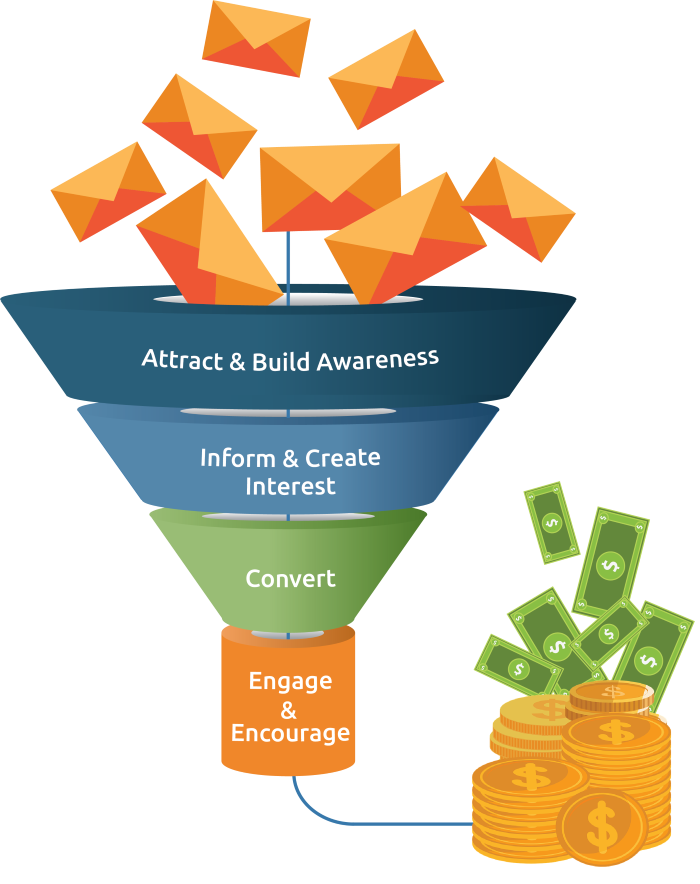
Connect with leads at every stage of the buying journey:
Integrating inbound and outbound marketing allows companies to connect with potential customers at every stage of the buying journey. Inbound marketing can attract potential customers to a brand in the early stages of the journey, while outbound marketing can target those leads and move them further along the journey.
Increase sales and drive business growth:
Combining inbound and outbound marketing increases sales and drives business growth. Inbound marketing can help attract high-quality leads and build customer engagement, while outbound marketing can target those leads and generate immediate results. When businesses integrate both approaches, they can create an effective marketing campaign that leverages the strengths of inbound and outbound efforts, resulting in increased sales and business growth.
How To Combine Inbound and Outbound Marketing
Using a mix of inbound and outbound marketing creates more effective marketing efforts, improves your sales, creates a more successful buyers' journey, and so much more. Here are a few ways to combine inbound and outbound marketing to generate better results.
Target your organic traffic with direct mail:
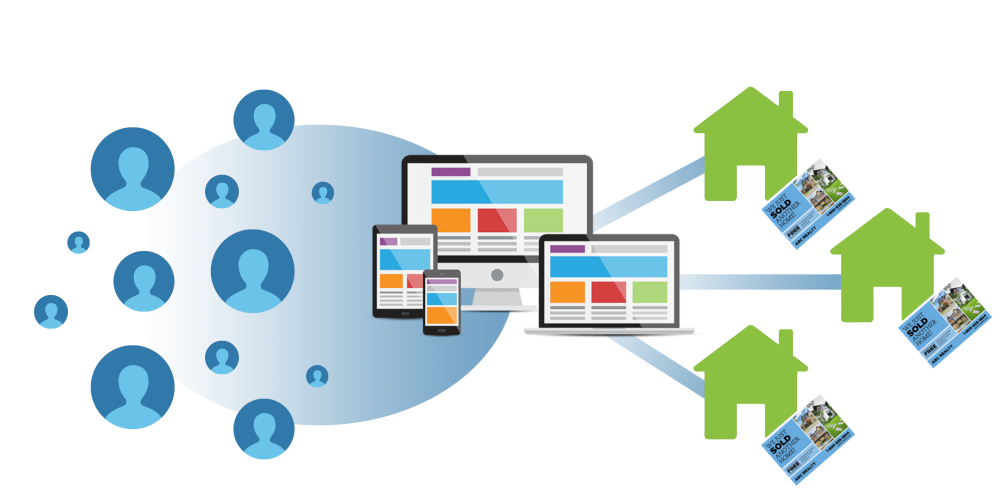
Businesses can use direct mail marketing to target organic website traffic who have interacted with their website but have yet to convert into customers. For example, suppose a website visitor views a company's website but doesn't complete a purchase or contact the company for more information. In that case, that business can send a postcard with a discount or promotion to encourage them to return to their website.
Use lead scoring to enhance your direct mail campaign:
Lead scoring allows businesses to identify which leads will most likely convert into customers. It provides insight into what product or service a lead is interested in and how interested they are. With access to this information, businesses can then target interested leads with direct mail. For example, when a lead has shown a high level of interest in a specific product or service, a personalized direct mail piece that includes an offer of discount can be sent to get the lead to convert into a customer quickly.
Increase sales with inbound and outbound efforts:
Inbound marketing, like blogs, webinars, and other online marketing content, can be used to attract high-quality leads. Meanwhile, outbound marketing, like direct mail, print advertising, and other direct marketing efforts, can convert those leads into customers to generate immediate results.
Send follow-up direct mail pieces to leads generated from inbound marketing:
After a lead has engaged with inbound marketing efforts, such as downloading content or filling out a form, companies can use direct mail to follow up with them with personalized messaging that reflects their interests. Businesses can even automate this process by taking advantage of direct mail CRM integration.
Use print advertising to drive traffic to inbound marketing channels:
Through direct mail and print advertising, companies can use outbound marketing to promote valuable content from inbound marketing efforts, such as blog posts, landing pages, video content, and social media. By including a call to action or CTA that directs potential customers to the content, companies can inform and persuade their target audience to make a purchase.
Send a thank you card to new customers:
Once a company has gained a customer through inbound marketing efforts, they can send a thank you postcard to encourage repeat business. By taking advantage of direct mail CRM integration, businesses can automatically send a direct mail message as soon as a purchase is made to generate quicker results.
Conclusion: You Need Inbound and Outbound Marketing
While inbound marketing is essential to attract high-quality leads, outbound marketing can be just as valuable in generating immediate results. Combining the two can yield even better results, from increased brand awareness and higher sales to higher-quality leads and improved customer relationships.
If you're looking to integrate outbound marketing into your marketing strategy, there are many ways to do so with direct mail and print effectively. You can target your organic traffic with direct mail, send personalized follow-up direct mailers to leads generated from inbound marketing, use lead scoring to enhance your direct mail campaigns, and more.
At Conquest Graphics, we offer direct mail marketing solutions to help businesses integrate outbound marketing into their inbound marketing strategy seamlessly. If you're interested in generating more leads, driving business growth, and increasing sales by adding outbound marketing into your efforts, we can help. Check out our most effective direct mail solutions today!
Check It Out Now!
Contact a Direct Mail Expert Now!
Call 804-591-3352 to get directly in touch with one of our mail experts, any time from 8A - 7P ET.
